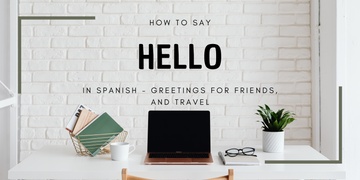Whether you plan to travel, live, or study in Spain or a Latin American country, you need to know how to introduce yourself in Spanish appropriately. Nevertheless, you should keep in mind that Spanish is the fourth most spoken language in the world. Therefore, the way to greet a person will depend not only on the context of the conversation, but also the region of the world you are in. That said, let's get started!
We have gathered for you the most common and simple expressions to have you immersed in the exciting experience of learning a new language:
| Spanish | English | Speech Level | Region |
|---|---|---|---|
| Hello | Casual | all Spanish speaking countries | |
| Good morning | Casual | all Spanish speaking countries | |
| Good afternoon | Casual | all Spanish speaking countries | |
| How are you? | Casual | all Spanish speaking countries | |
| How are you, sir? | Formal | mainly latin america - very formal in Spain | |
| How are you feeling, sir? | Formal | mainly latin america - very formal in Spain | |
| My name is John | Formal | all Spanish speaking countries | |
| I am called John | Formal | all Spanish speaking countries | |
| I'm John | Formal | all Spanish speaking countries | |
| John, my pleasure | Formal | all Spanish speaking countries | |
| Pleasure to greet you | Formal | all Spanish speaking countries | |
| Pleasure to meet you | Formal | all Spanish speaking countries | |
| Dear X | Very formal | all Spanish speaking countries | |
| Dear X | Very formal | all Spanish speaking countries | |
| What's up! | Informal | Colombia | |
| What's up! | Informal | Colombia | |
| What's up! | Informal | Colombia | |
| All good? | Informal | Costa Rica | |
| Hey, dude. How are you doing? | Informal | Chile | |
| What's up! | Informal | Cuba | |
| What's up! | Informal | Mexico | |
| What's up! | Informal | Mexico | |
| What's up! | Informal | Spain | |
| Good morning and good afternoon | Informal | Spain - Catalunya (Barcelona) | |
| Good morning and good afternoon | Informal | Spain (Galicia) | |
| What's up! | Casual | Spain (Basque Country and Navarre) |

1) Hola (OH-la) – Polite and casual
The most basic greeting that you can use with people of all social classes, ages, situations and/or countries is “Hola” (pronounced OH-la)
Hola, John – Hello, John (polite and casual)
Even though you can use this word in almost any situation, you need to keep in mind that it is rarely used on its own, as it could sound too harsh. Thus, it is usually followed by other expressions such as these:
2) “Buenos días” and “Buenas tardes” - Polite
“Buenos días” or “Buenas tardes” (“good morning” and “good afternoon”, respectively) are generally used after greeting someone with the word “hello”. Nvertheless, they can also be used on their own and still sound polite.
You can use either of these phrases to introduce yourself when entering a local business, a hotel reception, a coffee shop, or any other public place.
When it comes to your family and friends, you can also say "good morning" during the first hours of the morning or if you just woke up. In other circumstances it might sound odd and unnatural.
Another way to say “good morning” is “buen día”, in its singular form. It is rare to hear young people say good morning this way and it is generally only used by people in their 50s or to address them.
Examples:
Buenas tardes, Antonio - Good afternoon, Antonio
Hola, buenos días, Antonio – Hi! Good morning, Antonio
Buen día! – Something like saying “G’day!” in Australia

3) ¿Cómo estás? - polite
"¿Cómo estás?" literally means "how are you?" but its use varies depending on the country you are in:
In Spain "¿Cómo estás?" is used to ask someone about their health, whether physical or psychological. For example, if your friend or family member is or has been sick, you can ask “¿Cómo estás?” to show concern for his condition. In order to ask "how are you?" in a casual way, we must say "¿Qué tal?".
In Latin America, on the other hand, you can say “¿Cómo estás?” to a friend who is not necessarily sick.
Examples:
“Hola, Antonio. ¿Cómo estás?” - Hi, Antony. How are you? (when asking about health in Spain)
“Hola, Antonio. ¿Qué tal?” - Hi, Antony. How is it going? (asking naturally and nonchalantly in Spain in practically any daily situation)
“Hola, Antonio. ¿Cómo está usted?” – Hello, Antony. How are you? (Polite – Latin America and Spain generally to address older people)
“Hola, Antonio. ¿Cómo se encuentra (usted)?” – Hello, Antony. How are you? (Polite, only used to ask older people about their health)
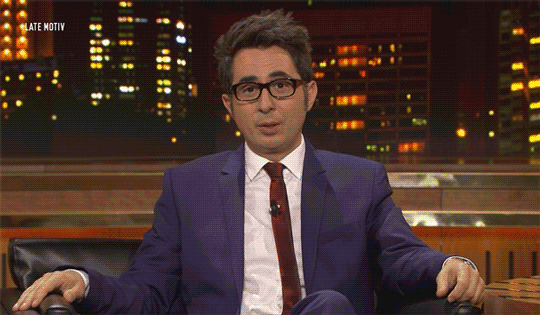
Introducing yourself in Spanish – Intermediate words and expressions
Now that you have learnt the basics of how to greet someone in Spanish, let’s talk about other common ways to start a conversation depending on the region of the world you are in and the person you are addressing:
1) How to introduce yourself in Spanish and give your name:
If you need to let someone know your name, there are several ways to do it:
Examples:
“Mi nombre es John” – My name is John (only when you are making a formal introduction)
“Me llamo John” – I’m called John (only when you are making a formal introduction)
“Soy John” – I am John (we use it in a casual environment where, for example, a friend introduces you to a family member or other acquaintance)
You can also say the following while shaking someone’s hand:
“John, un placer” – John, my pleasure.
You could even use this expression in business contexts without being rude or too relaxed.

2) Ask for someone’s name after introducing yourself
There are several ways to ask for someone’s name after introducing yourself in Spanish. Its use will mainly depend on how formal you want to sound:
“¿Cómo te llamas?”, which translates as “What's your name?”, is the most basic way to ask for someone’s name in any situation and Spanish-speaking country.
“¿Cómo se llama usted?” - What’s your name, sir/madam? This should only be used in very formal situations, either in Spain and Latin America.
“¿Me dice su nombre, por favor?” “¿Me indica su nombre por favor?” Avoid this phrase unless you are working in customer service. For example, let’s Imagine you work as a front desk agent in a hotel and some guests just arrived with their luggage. They say “hi, we have a room booked for tonight”. Then you can say “¿me indica su nombre, por favor? - May I have your name, please?
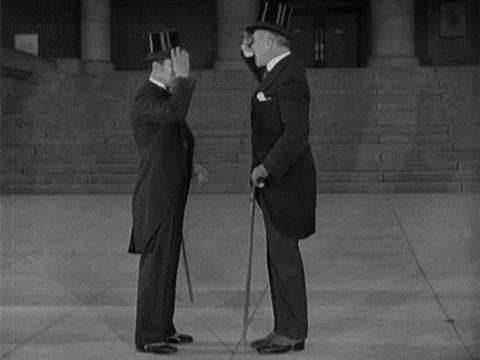
Introducing yourself in Spanish – Advanced words and expressions (very polite)
There will be occasions (especially if you are going to live or work in a Spanish-speaking country) where you will have to introduce yourself in Spanish in a very formal and standardized way. For example, in a public institution, before conducting an interview with a company or with a potential client.
Should it be your case, here are some phrases you should know that will make you look more professional:
1) “Encantado (de saludarte)”
“Encantado” could be translated as “my pleasure” and there are several ways to implement it in a Spanish conversation.
Examples:
“Encantado” o “Un placer” – My pleasure
“Encantado de saludarte” or “Un placer saludarte” – Literally Pleasure to greet you
“Encantado de conocerte” – Pleasure to meet you
These expressions can be used under any circumstance without looking neither too formal nor rude. However, if you are in a Latin American country, you should say “encantado de saludarlo”, “encantado de conocerlo” or “un gusto conocerlo”.
2) “Estimado” or “Estimada”
“Estimado” or “Estimada”, which would be translated into English as "Dear", it’s only used in writing and has a very formal connotation. Unless you consider the use of this language essential (should you be a lawyer, for example) avoid this expression and stick to greeting with a "Hello", "Good morning" or "Good afternoon".
Examples:
Dear Mr. X / Dear Mrs. X / Dear Miss X - Dear Mr. X / Dear Mrs. X / Dear Miss X
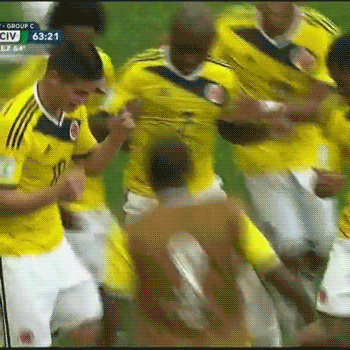
Introducing yourself in Spanish – Advanced words and expressions (colloquial and informal)
As mentioned before, learning how to introduce yourself in Spanish will depend on the country or even the specific region inside it. Here are some ways to introduce yourself or start a conversation in some of the main Spanish-speaking countries:
1) Colombia
“Quiubo?” – This is the contracted form of "¿qué hubo?" which would be colloquially translated as “What’s up!
“Quiubo, parce?” – What’s up, bud!
The word “parce” means “friend” but bear in mind that it is only used in Colombia.
Other ways to start a conversation or introduce yourself in Colombia:
¿Qué me cuentas? – What are you saying? (literally)
Hola, ¿qué más? – Hi, anything else? (literally)
Depending on your mood, you can answer as follows:
“Todo bacano”, “Bacano” or ”Viento en popa” – You can use any of these if you’re doing great.
“Sobreviviendo” (Surviving), “Ahí voy” (here I come) – Use these expressions if you are not doing that good or if you are somehow concerned
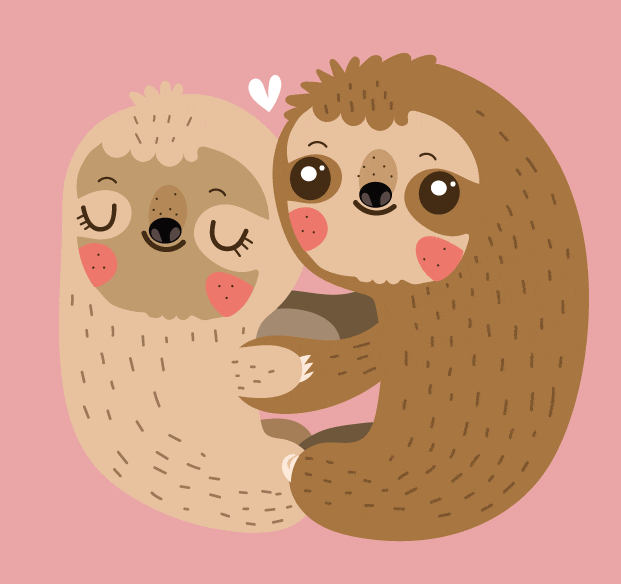
2) Costa Rica
Costa Rica is a country known for the friendliness of its people and its pristine nature. Therefore, it is not surprising that the most common expression to greet in this Spanish-speaking country is:
¿Pura vida? – Any English verbatim translation would be meaningless, but “Enjoying your life?” would be quite close.
The most common answers to this question are:
“Pura vida, mae” – Enjoying my life, dude
It is important to understand that for Costa Ricans, the expression "pura vida" is much more than "I'm good." “Pura vida”is more like a life attitude and it can also be used on a bad day to show others that you still see the future with optimism.
3) Chile
If you are going to Chile you will hear “weon” and “bacan” all over the place. These two words translate as “dude” or “mate” (weon) and “great” (bacan). Keep in mind that if you go to Spain, they don’t make any sense at all.
Now, let’s imagine two friends who have not seen each other in a very long time. Most likely, this is what they would say:
Weeena weon! ¿Cómo estái? – Heeeey, dude! How're you doing? (Estái is not a typo, that’s how they say it in Chile)
“Aquí estamos bacan” – All good!
“Aquí estoy medio achacao” – Not having a great day
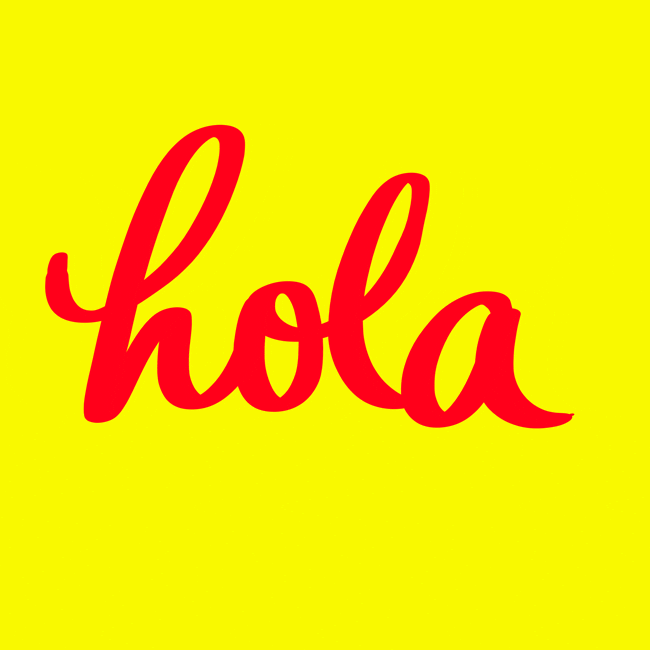
4) Cuba
Everybody loves the Cuban accent, however, even us (Spanish speaking people) often struggle to understand a local conversation. Therefore, do not torture yourself if you go to Cuba and do not understand a single word at first. You’ll get used to it and you’ll love it!
¿Qué bola? – What's up!
Common answers to this:
De pinga – Literally “with my penis”. Yeah, you read that right. But it means “all good”.
De madre – Translated (verbatim) as “mum’s stuff” it means “I’m not doing very good”.
5) Mexico
If you thought Cuban terms sound weird, get ready for these ones, mainly used by young people:
¿Qué pedo? – Which fart? Yes, again, you read correctly. The practical translation would be “What’s up?
¿Qué onda, wey? – There is no way to translate this expression into English, but it means something like How are you doing, dude?
If you want to say that you love something, you can use the expression “qué padre”. Even though it literally translates as “what a father!” what it really means is "that's great".
6) Spain
The most common expressions in Spain, regardless of the region you are in (we’ll cover this topic at the end of the article), are the following:
“¡Qué pasa!”, ”¡Qué andas!” “¡Qué hay!”– Don’t worry, none of these words have an odd second meaning and you can freely use them in an informal or colloquial way as you would with “What’s up!”
“Tío” – Uncle. Mainly used by young people (although it can also be heard in other conversations) it means “dude” or “mate”.
For example:
“Qué pasa, tío?” - What's up, dude?
The most common answers between friends to the previous question would be:
“Guay” - Cool
“Del copón” – Literally “like a pyx” even though it means “I’m great” (Pyx: the container in which the consecrated bread of the Eucharist is kept.)
“De lujo” – Literally translates as “deluxe” and it is used to express “I’m doing great”
“Ahí voy” – Here I come, meaning “not my best day”
“Hecho/Hecha polvo – “Feeling like dust”, meaning “I’m exhausted”
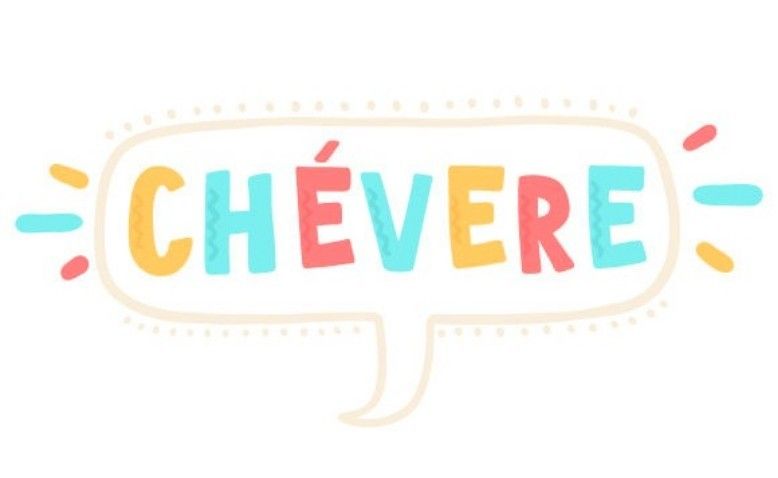
Other words you need to know if you go to a Spanish speaking country
We did not want to finish this article without paying a small tribute to one of the most used Spanish words shared by several dialects around the world due to its musicality and great semantic load:
1) Chévere
“Chévere” is a popular word for “cool” that is heard throughout Colombia, though it is not exclusive to that country. The population in neighbouring Venezuela, for instance, also enjoy using it a fair old amount. Other countries like The Antilles, El Salvador, Honduras, Mexico, the Dominican Republic, Panama, Peru, Bolivia and Ecuador also love to use it.
Chévere is an adjective that brings together many meanings, among them: stupendous, excellent, exquisite, great, funny, beautiful, elegant, pleasant, indulgent, benevolent, magnificently… in essence, very good!
2) Chao
As you may already know, this is not a Spanish word, but an Italian one. However, its use is widespread throughout all Spanish-speaking countries and it is very common to say among friends and family and even in a business atmosphere:
“Chao” - Bye! Or “See you!”
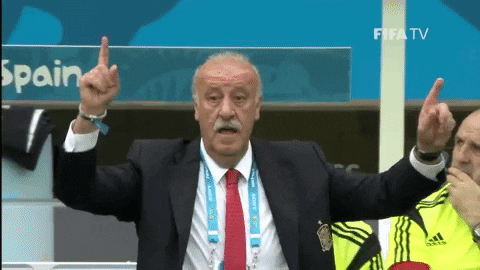
Bonus – Spanish dialects
Should you still not have enough with the distinctive expressions of each Spanish speaking country, here comes Spain with its own dialect. Here are some of the most basic words you should know:
Aupa! (Basque Country and Navarre) – What’s up!
Kaixo (Basque Country and Navarre) (“kie-ksoh” which rhymes with “pie show”) – Hello
“Bon día” and “Bona tarda” (Catalunya) – “Good morning” and “good afternoon” respectively.
“Boa dia!”, “Boa Tarde!”, “Boa Noite!” (Galicia) – “Good morning”, “good afternoon” and “good night” respectively.
Now that you know how to introduce yourself in Spanish appropriately, do not be a stranger and come learn some more Spanish expressions with us at Hilokal 😊


